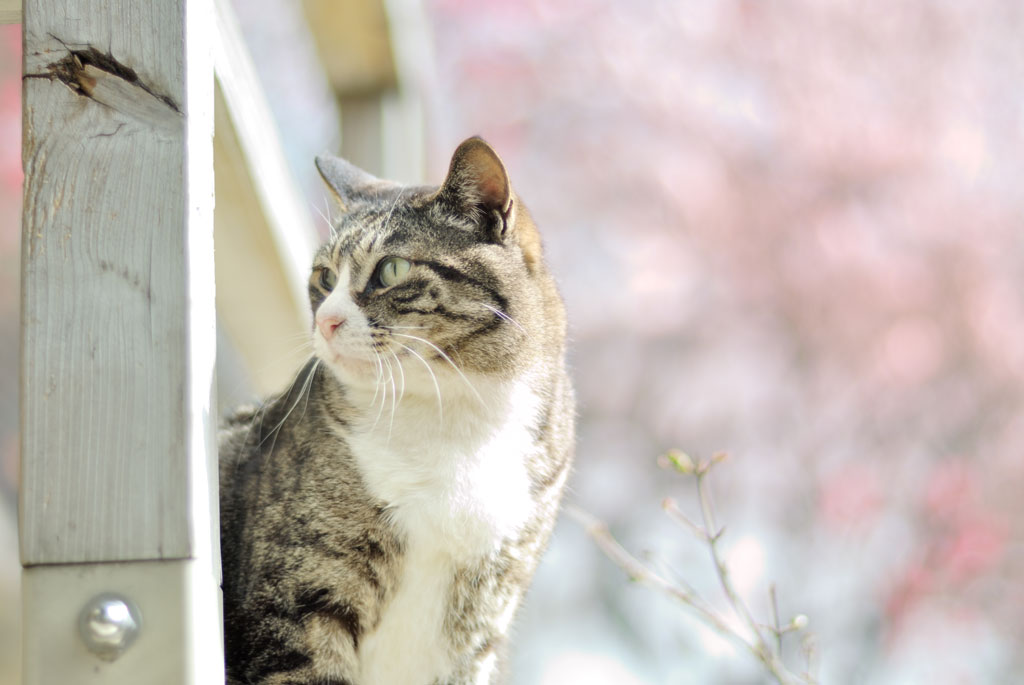By Martin Castro (The Cascade) – Email
Print Edition: November 12, 2014

Canada is facing a serious stray cat overpopulation problem, according to the Canadian Federation of Humane Societies (CFHS). This is partly due to the fact dogs are more commonly admitted to shelters than cats, as they’re easier to find families for. Dogs are relatively easy for people to adopt because they are usually good at interacting with people and form bonds quite quickly. Cats, on the other hand, are harder to find homes for. Cats are very independent animals — they don’t like as much direct physical contact as dogs, and a family with a young child looking to get a pet might be more inclined to adopt a dog or a kitten than an adult cat.
Because of those reasons, there are far more cats in shelters than dogs. There are also a lot more stray cats in the streets. Unspayed and unneutered cats reproduce with as many partners as they can during their mating period, and unspayed and unneutered cats give birth to litters of kittens. And as cute and adorable as kittens are, the supply of cats is rapidly surpassing the demand for them.
Part of the problem is that shelters are not the last destination for stray cats, although that’s how they are seen. Cats should go from the street to a shelter where they are taken care of, treated for disease, and nursed back to health. Then cats should go to a loving and caring home. But a lot of the time, especially for older cats, the third step is not fulfilled. Where does this leave us? It leaves us with a lot of cats on the streets, and a lot of cats in shelters, but none in homes.
There are two ways of solving this problem: have the spaying and neutering of cats be federally funded and carried out according to an acceptable standard, or have people start to adopt more cats in order to give these otherwise stray cats a home. However, it seems as if the adoption of cats isn’t getting any more popular, so the solution to the problem lies in the spaying and neutering of cats backed financially by the federal government.
The SPCA and CFHS, along with independent cat shelters, can only do so much with the resources they have. The government itself should help out with either funding or manpower to reduce the reproduction rate or find these stray cats a home. The SPCA is an organization that relies mainly on public funding to house and rehabilitate stray cats and kittens, and although they fundraise and accept donations from the public, most shelters are run by individuals and held to different standards. These shelters should be standardized in the way they’re run, and then become a federal government subsidy.
When they mate, cats go everywhere and mate with as many others as they can, populating wherever, regardless of city or province boundaries — meaning the cat problem is not centralized. This is why the spaying and neutering of our feline friends should be on a federal level.


